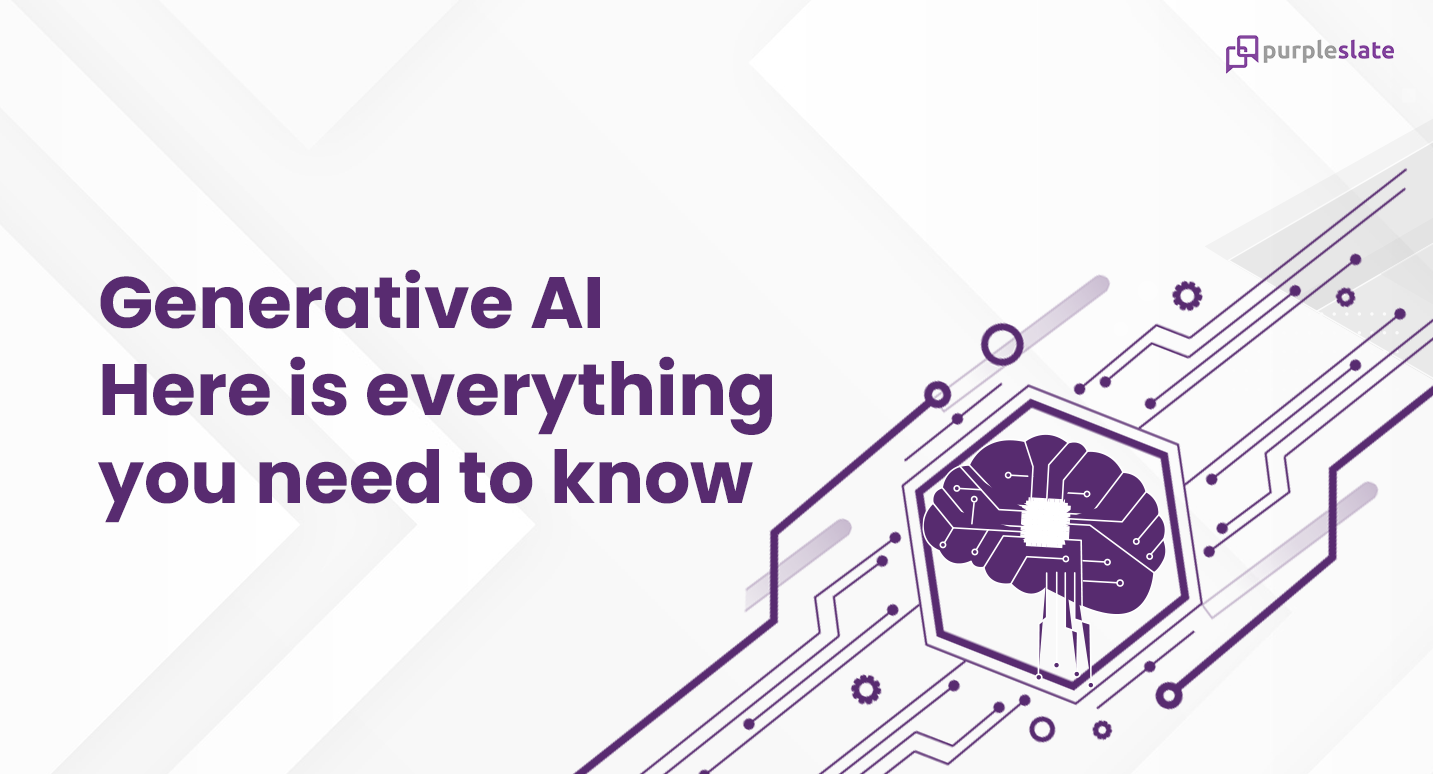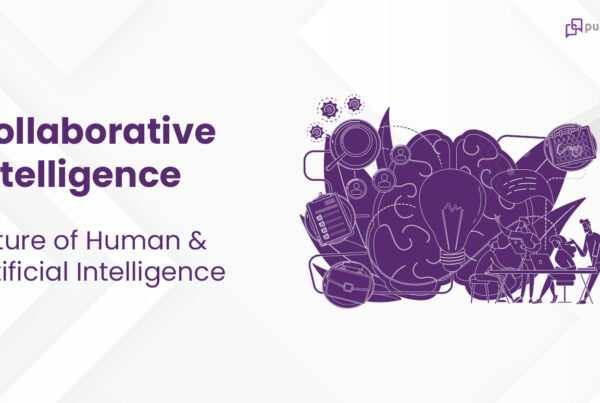
Introduction
Can we get our portrait painted by Picasso, Da Vinci, or Ravi Varma? If you had asked me this question couple of years ago, the answer would have been straight NO. Come 2023, for the same question the answer is an astounding YES. Though it could not be accurately painted by them, it would be an approximate representation. How is that possible? What made that possible? The answer is Generative AI or G-AI for short.
When Microsoft came up with an upgraded user-friendly version of Windows paint in 1995 it was a big boon for artists. It opened up different paint applications that changed the entire art landscape. But still, those apps needed an artist to draw them, but with G-AI you don’t need to be an artist. If you can word it rightly, G-AI will be able to draw or paint it for you.
Yes, Artificial Intelligence has taken a big leap with Generative AI, the technology disruptor of the year 2022. G-AI has broken into the 100 billion-dollar creative or creator industry.
What is Generative AI?
Artificial intelligence has taken a leap with this machine learning subfield that quickly and convincingly creates original content ranging from images and artwork to poetry, music, text, video, dialogue, and even computer code quickly and convincingly. The output is so impressive that it is becoming increasingly difficult to differentiate between human-created and AI-created.
These G-AI tools are expert imitators of human ingenuity. They have been trained on countless millions of human artifacts, including books, articles, sketches, paintings, movies, and anything else that can be stored in large-scale databases. With only data patterns, these generative AI tools are capable of producing new works of content that are unique and astounding despite this.
Let us take a look at how the most creative fields of arts have been disrupted with Generative AI. Open AI-based image generation tools, like DALL-E 2, Stable Diffusion, and Midjourney are taking the art world by storm. These apps are so easy to use and can so quickly produce extraordinary results that they have sent shockwaves through the art community. These apps can churn out a wide range of artistic options in just minutes based on a simple text prompt.
As per OpenAI, DALL-E is used by over 1.5 million people to generate over two million images every day. Midjourney has almost two million members, whereas Stable Diffusion has over ten million daily users.
Why is Generative AI important?
1. It can produce entirely new data that doesn’t exist anywhere. Think about the countless opportunities for exploration and research!
2. It can enhance current algorithms by producing training data for fresh neural networks or making cutting-edge architectures.
3. It functions as a machine that creates better machines. (Scary!!!)
Generative AI – An overview
The two prominent frameworks of generative AI: are Generative Adversarial Network (GAN) and Generative Pre-trained Transformer (GPT).
Generative Adversarial Network (GAN)
GANs are neural networks competing to find an equilibrium between the two: a generator and a discriminator.
The task of creating fresh data or content that closely resembles the source data falls to the generator network.
It is the responsibility of the discriminator network to distinguish between the source and generated data to determine which is closest to the original data.
GANs learn by playing cooperative zero-sum games. They are commonly utilized in the creation of images, videos, and voices.
There are three main steps in GAN training for images are:
1. Choose a few real pictures from the training collection.
2. Create several fake images by sampling random noise vectors and using the generator to produce images from them.
3. Using both fake and real images, train the discriminator for one or more epochs.
Generative Pre-trained Transformer (GPT)
A Generative Pretrained Transformer (GPT) is a kind of large language model (LLM) that generates human-like text using deep learning. They are referred to as “generative” because they generate new text based on the received input. It is referred to as “pretrained” because they are trained on a large amount of text data for specific tasks, and referred to as “transformers” because they process the received input and generate output with the help of a transformer-based neural network.
We have already heard many exciting stories about GPT-3 use cases, the prominent one being Chat – GPT
Transformer applications are used for Text (Generation, Summarization, Classification), Language translation, Querying, Search, etc.
Impact of Generative AI
1. Never before Creativity
Generative AI will be able to make complex works of art, heartfelt poetry, and original music. It doesn’t transform regular people into accomplished artists, but it bestows on a large number of people a new superpower—a visual vocabulary. Many more people will be able to express their creative ideas in ways that previously were only possible for those with formal training.
2. Coding made Accessible
Generative AI innovations can translate natural human language into programming code, essentially turning our practical intentions into complex pieces of software. 40 percent of the code in some popular programming languages can be generated by G-AI, a figure that is set to increase.
3. 24 x 7 Co-worker
G – AI helps us do our jobs better. From creating music to coding assistance, industries from construction to healthcare, technology to law, could potentially benefit from G-AI. It has the potential to augment and amplify human capability, enabling people to spend less time on repetitive tasks. These models will also democratize access to AI and we will have a more diverse group of people able to participate in the creation of technology.
4. Faster Iterative process
Generative AI assists designers in iterating on product concepts, and writers in generating initial drafts of press releases, essays, and scripts, visual design-heavy posters, video editing, and more. It enables knowledge workers to devote more time to higher-order cognitive tasks. As a result, the iteration cycle is accelerated as humans adjust and perfect the AI’s work in a joyful, iterative, and collaborative process.
5. Making Work Enjoyable
G-AI tools for programmers have the potential to vastly improve the overall work experience. Developers are stating that G-AI helps them stay in the flow and keeps their minds sharper during what used to be boring and repetitive tasks. This also extends to low-code and no-code tools that are opening new potential across job functions, roles, and processes.
Conclusion
In their 2022 Emerging Technologies and Trends Impact Radar study, Gartner listed generative AI as one of the most disruptive and quickly developing technologies.
In comparison to the current level of less than 1%, generative AI is anticipated to produce 10% of all data and 20% of all test data for consumer-facing applications by 2025. Additionally, by 2025, it will be utilized in 50% of initiatives for drug research and development. 30% of manufacturers will use it to enhance their product development process by 2027.
The unprecedented level of human-machine collaboration is in going to be full-fledged and the game is now open to whoever will integrate generative AI into their business process.




